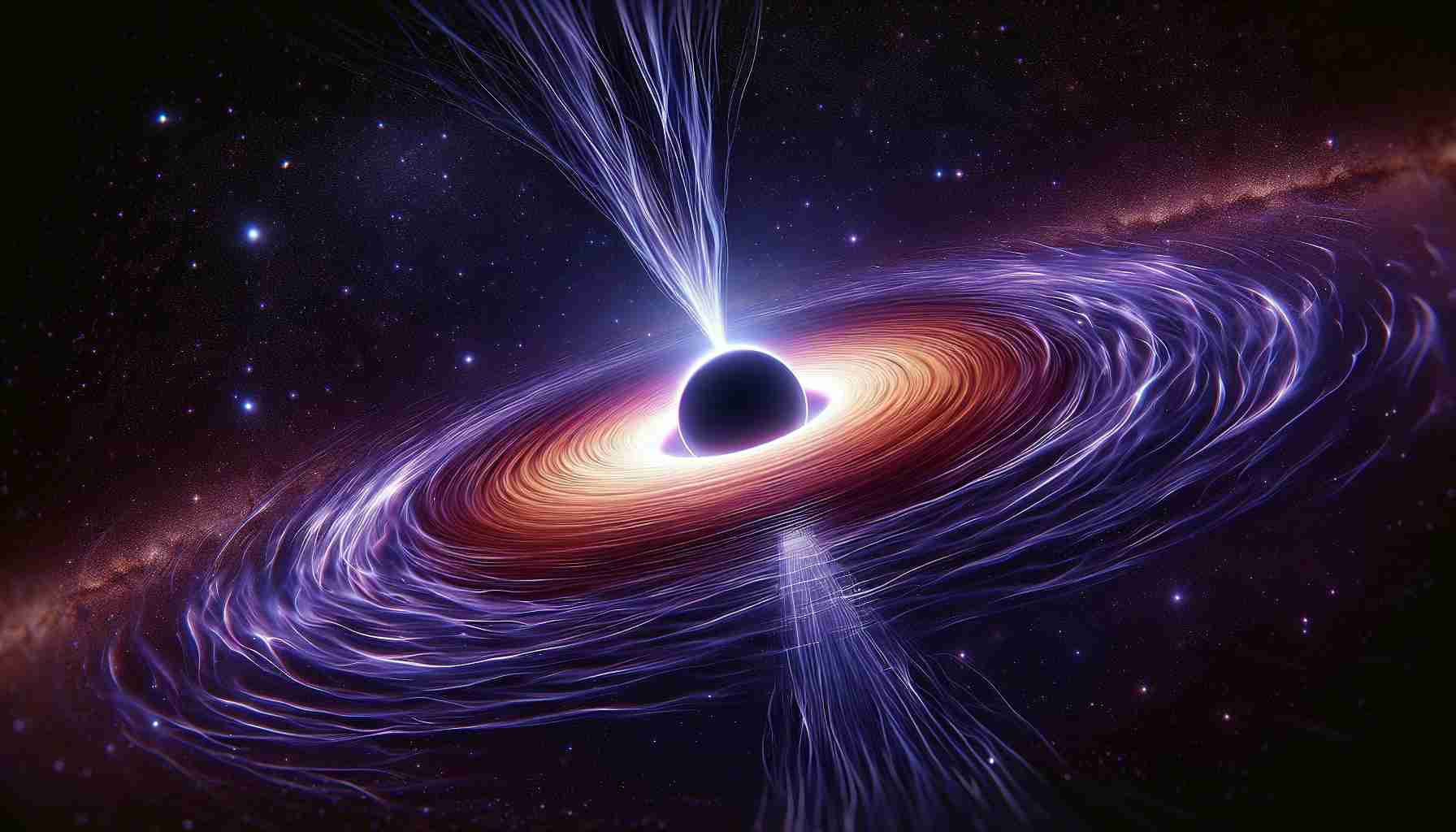- Autonomous nano-satellites offer a promising new approach to asteroid deflection through the “Kinetic Impactor” method.
- These miniature satellites can be deployed in swarms to alter an asteroid’s path and prevent potential collisions with Earth.
- The miniaturization of technology enables cost-effective and scalable solutions for asteroid threat mitigation.
- Equipped with propulsion systems and sensors, nano-satellites execute synchronized strikes to deflect asteroids.
- AI advancements allow these satellites to operate autonomously, enhancing precision and eliminating remote control delays.
- Besides protecting Earth, nano-satellite technology could facilitate other space activities like asteroid resource extraction.
- This technology marks a transformative step towards safeguarding Earth, showcasing human ingenuity and resilience.
Could This Be Humanity’s Cosmic Shield?
Asteroids pose a looming threat, yet new advancements in technology may transform our approach to these celestial wanderers. The recent advent of autonomous nano-satellites has introduced a promising frontier in asteroid deflection technology. Developed to work in swarms, these tiny satellites could one day prevent a cataclysmic event by subtly altering an asteroid’s trajectory through a process known as the “Kinetic Impactor” method.
Traditionally, asteroid deflection has been theoretical, limited to large-scale interventions involving significant resources and risk. However, the miniaturization of technology has enabled the creation of cost-effective and scalable solutions that can be quickly deployed. These nano-satellites, equipped with propulsion systems and sensors, work by coordinating a synchronized strike on the asteroid, transferring just enough kinetic energy to nudge it off its collision course with Earth.
Furthermore, advancements in artificial intelligence allow these satellites to operate autonomously, eliminating the delays associated with remote human control. The precision and efficiency of such a system offer not only a safeguard for Earth but might also open doors to other space endeavors, such as resource extraction from asteroids.
The potential for these technologies to serve as Earth’s cosmic guardians is transformative, heralding a future where humanity can confidently protect itself from external threats. As we venture further into the cosmos, safeguarding our planet from asteroids becomes not just a necessity but a testament to human ingenuity and resilience.
Will Swarming Nano-Satellites Save Us From Asteroid Catastrophes?
Asteroids represent a significant risk to Earth, but cutting-edge technologies are redefining how we might shield our planet. The development of autonomous nano-satellites has opened a new frontier in asteroid deflection, showcasing the power of the “Kinetic Impactor” method. These tiny, cost-effective, and scalable satellites could change the way we handle cosmic threats.
Key Questions Answered
1. How does the “Kinetic Impactor” method work with nano-satellites?
The “Kinetic Impactor” method involves using a swarm of nano-satellites to alter the trajectory of an asteroid. Each satellite carries propulsion systems and sensors, allowing them to synchronize and make calculated impacts on the asteroid’s surface. By doing so, they can transfer enough kinetic energy to gradually change its path away from Earth. This method is cost-effective, reduces risk, and makes use of AI for precision in operation, setting a new benchmark for asteroid deflection strategies.
2. What are the advantages and limitations of using nano-satellites for asteroid deflection?
Advantages:
– Cost-Effective: Nano-satellites are cheaper to produce and launch thanks to advancements in miniaturization.
– Scalability: Easily scalable for different asteroid sizes and scenarios.
– Autonomy: Can operate independently using AI, reducing human intervention and associated delays.
Limitations:
– Limited Payload: Nano-satellites have a small payload capacity, constraining the amount of equipment and power they can carry.
– Dependency on Precision: The success of the method relies heavily on precise calculations and coordination.
– Limited Influence on Large Asteroids: They might be less effective against very large asteroids, which could require more traditional intervention methods.
3. What potential developments and innovations could arise from this technology?
The successful deployment of nano-satellite swarms for asteroid deflection could inspire multiple future innovations, including:
– Enhanced Space Mining: The precision and coordination developed for deflection might be applied to mining asteroids for resources, offering new economic opportunities.
– Improved Space Exploration: The technology can aid other space missions by providing enhanced data collection and analysis capabilities.
– Planetary Defense Systems: Further advancements could lead to comprehensive planetary defense infrastructures for various cosmic threats.
For further insights, visit Nasa and ESA.
With these incredible innovations on the horizon, humanity stands on the brink of a new era in cosmic safety and exploration. As we push boundaries in technology, we also fortify the security of our world against the unpredictable wonders of the universe.


















